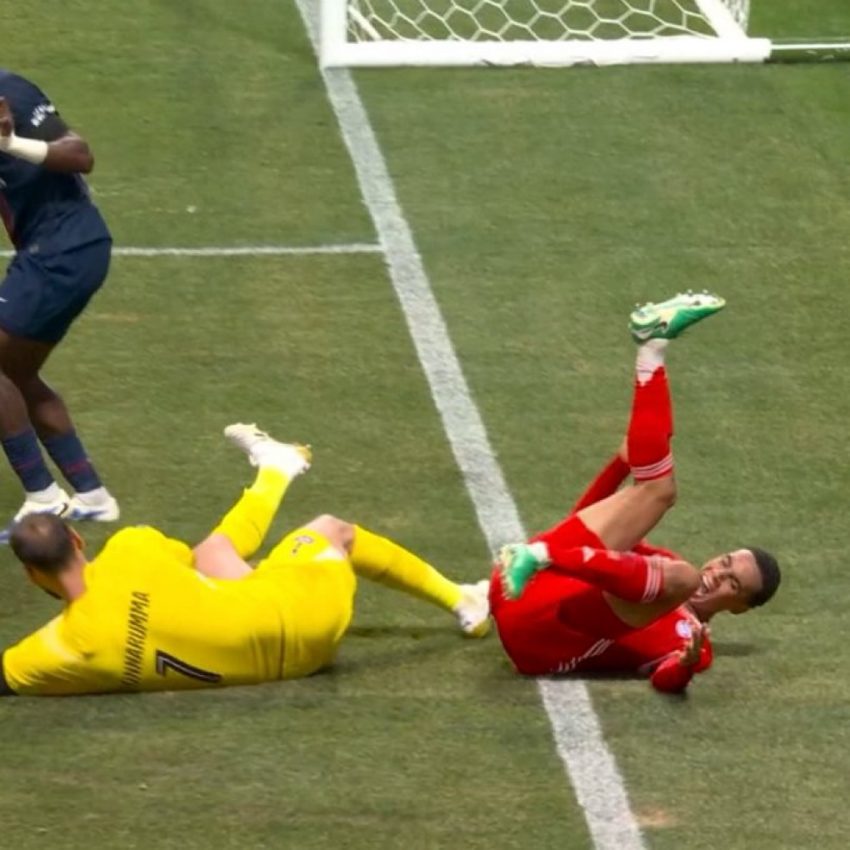In soccer, regulation time is 90 minutes, divided into two 45-minute halves. But when the score is tied in certain competitions, the match may go into overtime—also known as extra time. Here’s a breakdown of how long overtime lasts and when it’s used.
What Is Overtime in Soccer?
Overtime is an additional period played when a match ends in a draw and a clear winner must be determined—typically in knockout stages of tournaments like the FIFA World Cup, UEFA Champions League, or domestic cup finals.
How Long Is Overtime?
- Duration: 30 minutes total
- Structure: Two 15-minute halves
- Halftime Break: Usually a brief 1–2 minute interval between the halves
There is no sudden death or “golden goal” in modern professional soccer. The entire 30 minutes is played regardless of any goals scored.
What Happens After Overtime?
If the score is still tied after 30 minutes of overtime, the game proceeds to a penalty shootout, where each team takes turns attempting five penalty kicks. If still tied after those, the shootout goes to sudden death rounds.
When Is Overtime Used?
- FIFA World Cup knockout stages
- UEFA Champions League knockout rounds (2nd leg only, if aggregate score is tied)
- Domestic cup finals (e.g., FA Cup, Copa del Rey)
- Olympic soccer matches in the medal rounds
Exceptions: When Overtime Is Not Played
In regular-season league matches (e.g., English Premier League, La Liga), games do not go into overtime. Draws are an accepted result, and each team earns one point.
Summary
| Format | Duration | Applied In |
|---|---|---|
| Overtime/Extra Time | 30 mins | Knockout matches, finals |
| Structure | 2 x 15 mins | No sudden death |
| Followed By | Penalty Shootout | If still tied after extra time |
| Not Used In | Regular league matches | Games end in draw |
Understanding overtime is crucial for fans, players, and coaches alike. It’s the stage where physical endurance, mental toughness, and tactical finesse are put to the ultimate test.

